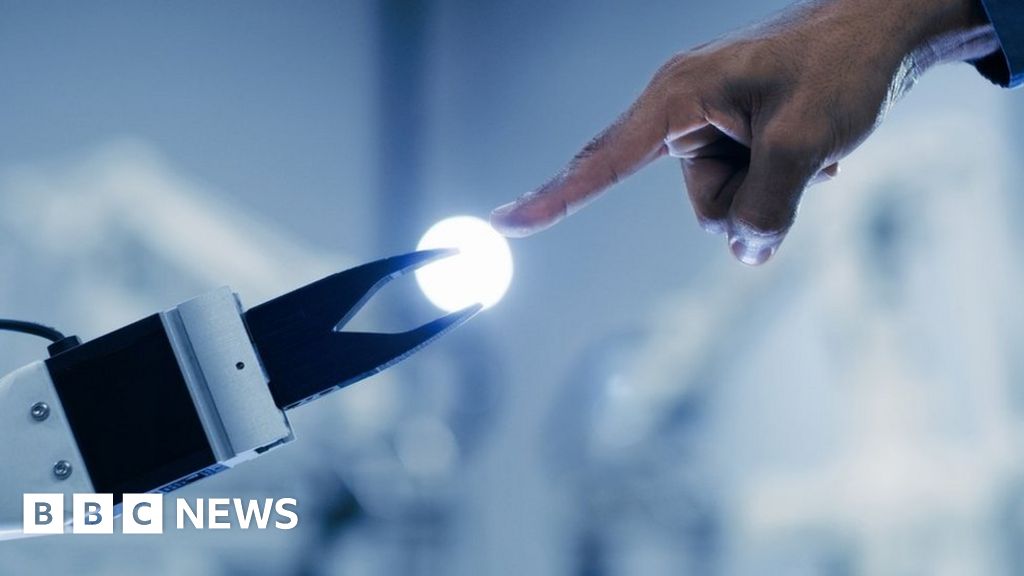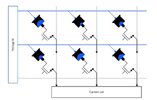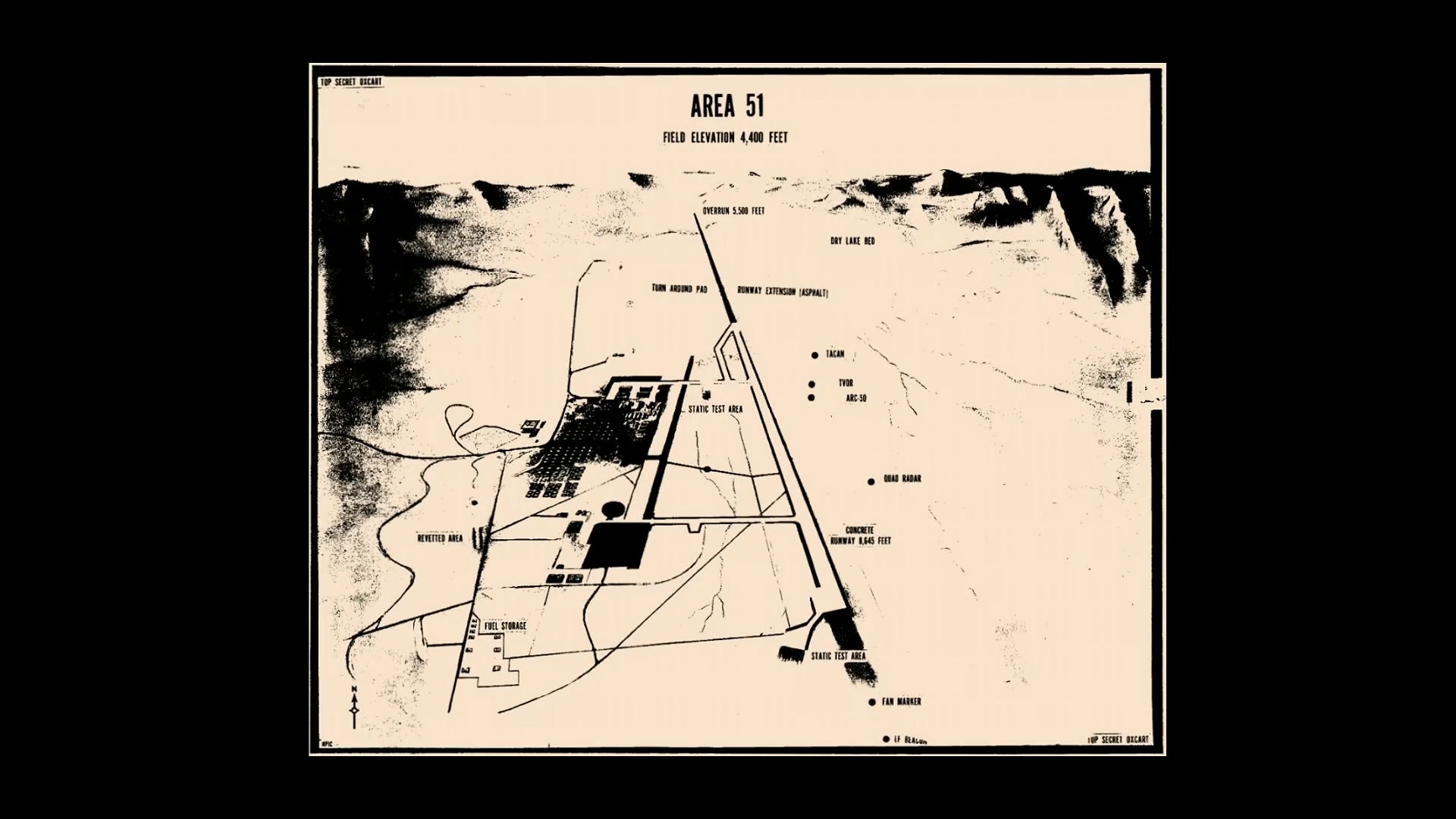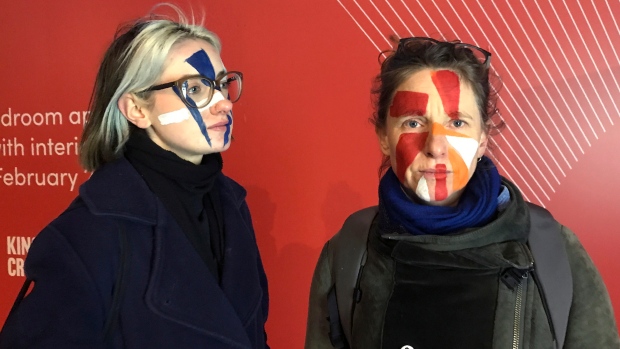Creepy times in Spain
The multidisciplinary artist from Barcelona Alicia Framis will be the first woman to marry a hologram generated by artificial intelligence in a ceremony that will take place this summer at the Depot Boijmans Van Beuningen museum in Rotterdam.
Imagine a partner who is always there when you need them, but who never gives you a kiss, a hug, or any form of affection involving the slightest physical contact.
Someone with whom you share a "romantic connection," engaging in lengthy debates that intellectually stimulate you in a profound manner, yet who will never extend a hand to change a light bulb or help with carrying shopping bags.
Don't expect them to lift a finger to wash the dishes, open the door for a guest, or offer a helping hand if you happen to stumble. On the other hand, you can count on their presence permanently and they'll never disturb your sleep with with their snoring.
This description may not fit the ideal relationship for many, but it embodies a love from an alternate dimension.
Spanish artist Alicia Framis will have the curious honour of being the first woman to say 'I do' to a virtual partner; a sophisticated hologram of her own design, tailored to "satisfy all of her emotional needs."
Though currently categorised as a 'performance,' the artist's depiction reflects a scenario that could soon become something perfectly real.
View attachment 89069
With this project, Framis aims to reflect on the interaction between humans, artificial intelligence and contemporary art.
"AI is still closely linked to science and lacks poetry, art and warmth," explains the creator in a statement on her website.
The artist has advanced some of the details of her relationship with the holographic image, called AILex , which she created from profiles of her past relationships.
Framis is currently designing her wedding dress and determining the attire of those attending the ceremony, which will take place this summer on the roof of the Depot Boijmans Van Beuningen museum in Rotterdam.
Also, together with the LAM museum, the Dutch food art museum, Framis is working to create molecular food for their wedding banquet that both humans and humanoids can enjoy.
"I want to make an artistic documentary that includes drawings, interviews with other women, sketches about bodies, arms, romantic dreams, domestic situations and the daily life of my partner. I want to explore how to integrate the hologram into my daily life," adds Framis.
As proof of their relationship and coexistence, Framis shares videos and photographs on her Instagram account @hybridcouples in which she appears with her partner AILex sharing everyday tasks such as cooking and dining.
"Love and sex with robots and holograms are an inevitable reality. They are great companions and capable of expressing empathy. Just as phones saved us from loneliness and filled the void in our lives, holograms as interactive presences in our homes can take it even further," says the Barcelona-borncreator based in Amsterdam.
The artist, together with Rabobank Art Collection, is also exploring the possibility of creating the first mortgage to purchase a holographic companion, as well as a house designed specifically for a hologram and a human being.
"It's interesting how we can get a mortgage to buy a new car, and now we can have a mortgage to buy a new companion," says Framis.
View attachment 89071
Advances in generative artificial intelligence tools, such as
ChatGPT, have increased interactions between humans and machines to previously unsuspected limits.
From automated chats to the creation of virtual avatars with which you can now engage in romantic conversations, what until now was nothing more than a science fiction plot has become a true reality.
"A new generation of love is emerging, whether we like it or not, in which humans will marry and maintain relationships with holograms, avatars, robots and so on. Just as we practice new languages with
Duolingo, we will practice relationships with these entities ," she explains.
Framis has dedicated her artistic career to bringing science and art together to cultivate meaningful relationships, offering support to people facing illness, disability, gender imbalance, or traumatic experiences.
This latest performative project is also conceived as a therapeutic tool for those who have suffered trauma or abuse, as well as those facing the loss of a loved one.
According to the statement issued by the artist, AI and human companions can be a beneficial option for people who need company.
Framis cites a personal case. "My friend is a widow and it is difficult for her to replace her husband. AI and human companions can be a good option for those who need company."
This is not Framis' first experience incorporating non-human elements into her art.
In 1996, she became the first artist to coexist with a mannequin named Pierre. The resulting work, 'Cinema Solo', was composed of 36 photographs and a dialogue between Framis and the mannequin, inspired by Marguerite Duras' book 'La Maladie de la Mort'.











